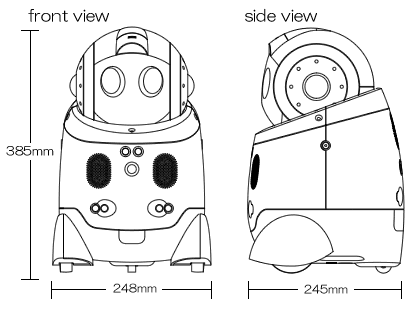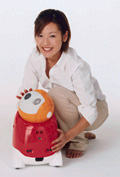Robots Can Learn Much From High-Tech Playthings
By MICHEL MARRIOTT
t the annual Toy Fair last month, the huge annual show in New York where the toy industry promotes its newest creations, robots were everywhere.
Tiger Electronics, a division of Hasbro, showed off no less than two dozen interactive robotic toys that it plans to unleash next holiday season. They include a free-ranging turtle and other automatons for the fish bowl, as well as a gleaming, robotic baby that coos while responding to touch, sight and sound. There were plenty of robotic toys from other manufacturers, too: more dogs than you can throw a stick at, joined by cats, birds, mice, bugs, dinosaurs and even potted plants.
[...]
But robotic toys, experts say, may help usher in the day, in the not too distant future, when more practical, utilitarian robots are common around the house. The clever use in toys of microprocessors, memory chips, sensors, servo motors and advanced software, like the sort that makes voice recognition possible, is pointing the way to vastly more advanced robots that can work with humans without intimidating them.
"Toys are just the tip of the iceberg in what is coming," said Wayne Walter, a founder of the Laboratory for Cooperative, Autonomous Microsystems at the Rochester Institute of Technology.
[...]
read more...







